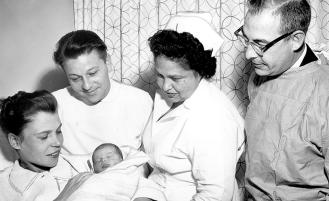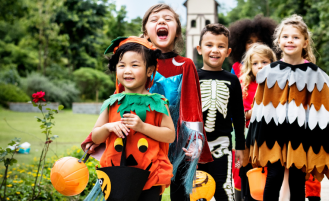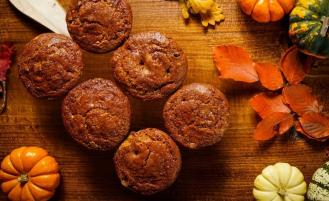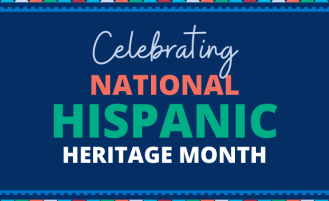Protecting Your Child from RSV
Recently, there has been a surprising increase in respiratory syncytial virus (RSV) emergency room visits in Washington state, according to the King County Department of Public Health. RSV is a common seasonal illness but this year, it’s spiking earlier and putting healthcare providers and parents on alert. So what is RSV and what are ways to protect your child?
What is RSV?
RSV is a virus that can cause respiratory infections in people of all ages. RSV illness happens more often in the winter and early spring. It’s so common that almost all children have had the virus by age 2.
RSV symptoms are often mild. But in some children, like preterm babies, RSV can be more serious and turn into a severe respiratory disease. A child may need to be treated in the hospital with medicine, fluids and extra oxygen to help with breathing.
Symptoms of RSV
The symptoms start about two to five days after contact with the virus. They often start mild, like a cold. They can lead to coughing and wheezing.
The symptoms of RSV can include:
- Stuffy or runny nose.
- Fever.
- Cough.
- Wheezing.
- Fast breathing.
- Trouble breathing.
- Flaring of nostrils or straining of the chest or stomach while breathing.
- Turning blue around the lips and fingertips.
- Trouble eating, drinking or swallowing.
How RSV spreads
RSV spreads easily when a person with the virus coughs or sneezes. It spreads by direct contact with an infected person. For example, kissing a child with RSV spreads the virus. And the virus can live on hard surfaces. A person can get RSV by touching something with the virus on it. These can include crib rails and doorknobs. It spreads quickly in group settings, such as daycare and schools.
Protecting your child from RSV
To help protect your child from RSV infection:
- Make sure your child does not have close contact with sick people.
- Clean your hands before and after caring for your child.
- Ask other caregivers to wash their hands often.
- Cover your mouth and nose when you cough or sneeze. Ask other people to do the same.
- Regularly clean surfaces that your child touches.
- Protect your child from smoke.
- If possible, don’t put your child in childcare with a lot of children during their first winter.
- Breastfeed your child, if possible.
If your child is at high risk
Ask your child's healthcare provider if your child is at high risk for RSV. The American Academy of Pediatrics (AAP) recommends that babies at high risk for RSV get a medicine called palivizumab. If so, ask about monthly injections during RSV season to help prevent infection.








